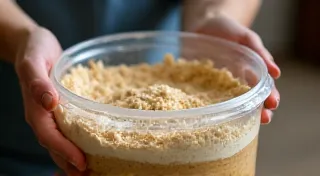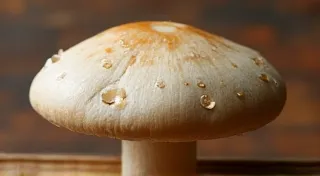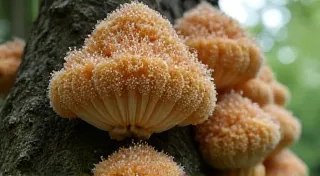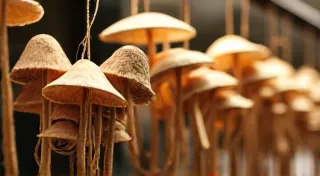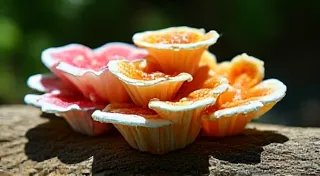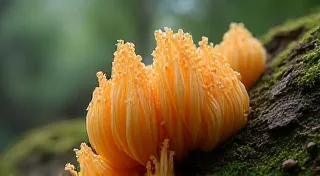Growing Morel Mushrooms at Home: Techniques for Aspiring Mycologists
Morel mushrooms (Morchella) are arguably the holy grail of the foraging world. Their distinctive honeycomb appearance, earthy flavor, and scarcity make them highly prized. For years, successful home cultivation was considered an impossibility. However, recent advances in mycology and a deeper understanding of their complex needs are opening up new possibilities for aspiring mycologists who dream of growing these gourmet delicacies at home.
The Challenges of Morel Cultivation
Before diving into potential cultivation methods, it's crucial to understand why morels have proven so resistant to domestication. Unlike many other mushroom varieties (like oyster or shiitake), morels exhibit:
- Complex Symbiotic Relationships: They appear to require a specific and as-yet-fully-understood symbiotic relationship with tree roots, particularly those of elm, ash, and apple.
- Temperature and Moisture Sensitivity: Morels are highly sensitive to temperature fluctuations and require a very specific moisture profile.
- Unknown Mycorrhizal Needs: The precise mechanisms of their mycorrhizal association remain largely a mystery, making it difficult to replicate in a controlled environment.
- Genetic Variability: Significant genetic diversity exists within the Morchella genus, meaning different strains have different needs.
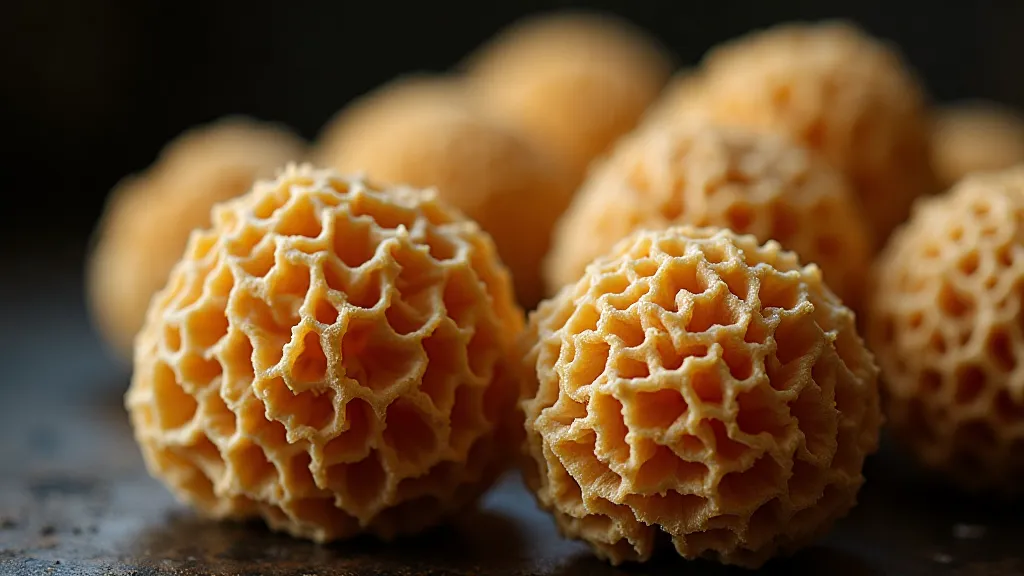
Emerging Techniques & Research
Despite the challenges, significant research is underway, and several promising techniques are being explored. Here’s a look at some of them:
1. Simulated Mycorrhizal Substrates
The most active area of research involves creating substrates that mimic the natural environment of morels. This includes:
- Wood-Based Substrates: Many experiments use sterilized hardwood sawdust (oak, maple, beech) combined with wheat bran or rice hulls.
- Mycorrhizal Inoculum: Researchers are attempting to introduce mycorrhizal fungi, found naturally associated with morel-host trees, to the substrate to encourage symbiosis.
- Root Chips: Incorporating sterilized root chips from morel-host trees is a common practice, providing a potential source of natural compounds and microbial communities.
2. Environmental Control – The Key to Fruiting
Precise environmental control is paramount. This includes:
- Temperature Cycling: Morels often require significant diurnal temperature fluctuations – a marked difference between day and night temperatures.
- Humidity: Maintaining a consistent and relatively high humidity level is crucial, typically between 80-95%.
- Light: While not strictly requiring intense light, morels benefit from periods of diffused light.
- Airflow: Gentle airflow is necessary to prevent the buildup of stagnant air and promote gas exchange.
3. Strain Selection & Isolation
Recognizing the genetic diversity of Morchella, researchers are increasingly focused on isolating and propagating strains with traits more amenable to cultivation. This involves:
- DNA Sequencing: Analyzing the DNA of different morel isolates to understand their genetic makeup and identify potential differences in their environmental needs.
- Selective Breeding: Identifying and propagating strains that demonstrate faster colonization rates and a tendency to fruit more readily.
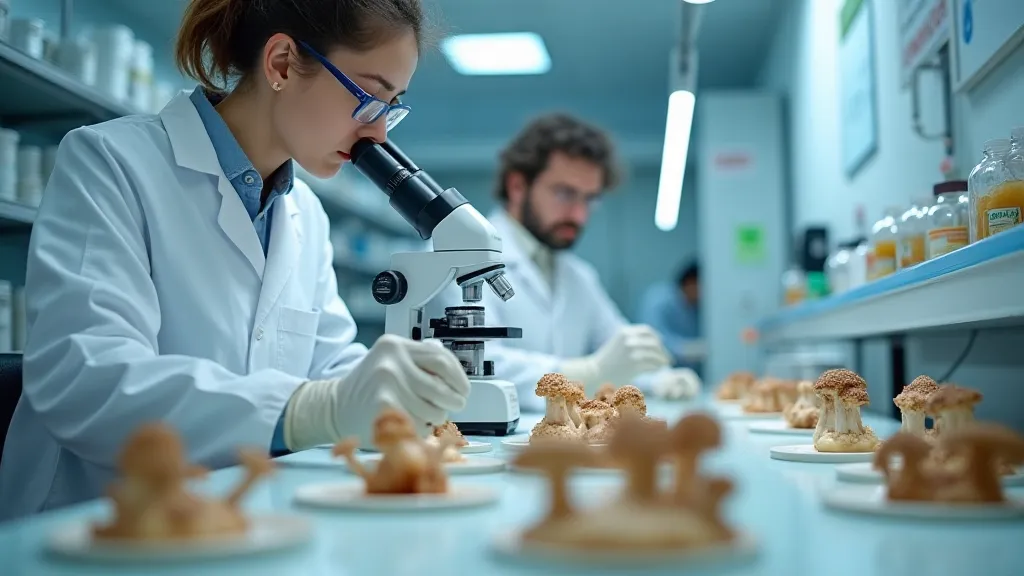
Practical Tips for Aspiring Morel Growers
While guaranteed success remains elusive, here are a few things you can try:
- Start Small: Begin with a small-scale experiment using readily available materials like hardwood sawdust, wheat bran, and sterilized root chips.
- Monitor Closely: Keep detailed records of temperature, humidity, and substrate conditions.
- Be Patient: Morel cultivation is a long-term project. Don’t be discouraged by initial failures.
- Research Specific Strains: Look for morel strains known to be more amenable to cultivation.
- Join Online Forums: Connect with other morel enthusiasts and learn from their experiences.
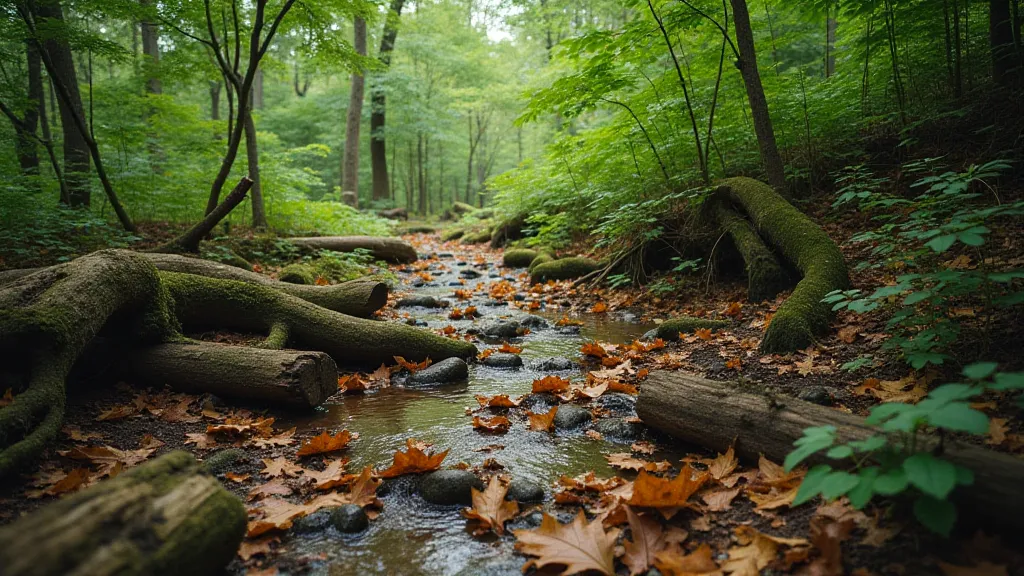
The Future of Morel Cultivation
The journey to reliably growing morels at home is ongoing. However, with continued research, technological advancements, and a growing understanding of their complex biology, the dream of cultivating these gourmet mushrooms may soon become a reality for more aspiring mycologists. The key lies in mimicking the intricate web of interactions that occur in their natural environment, and in embracing a spirit of experimentation and perseverance.
